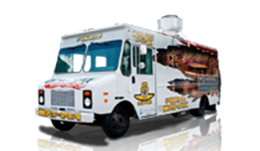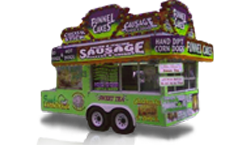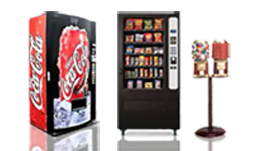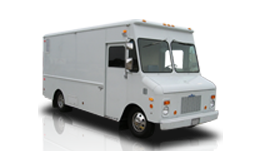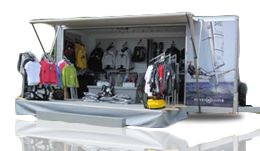Types of Semi Trailers and What They Are Used For
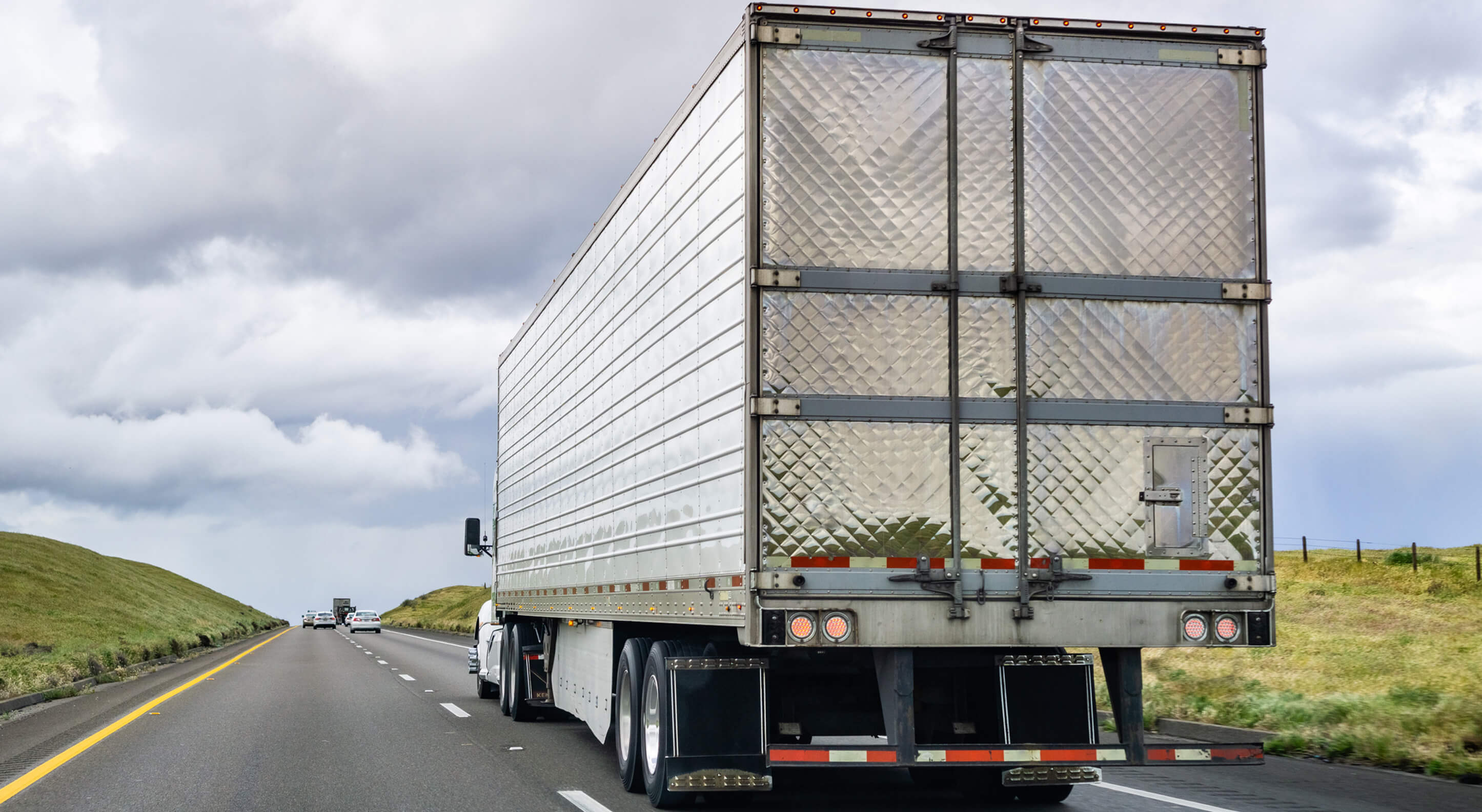
Last year, semi-trailers transported goods amounting to $700.4 billion in the United States. These goods have an estimated weight of 10,000 tons. Most American households depend on semi-trailers to deliver goods in supermarket stalls. Many industries count on them to distribute their products across the nation. But semi-trailers aren’t only used to haul basic goods and services. They also have other special functions. Let’s check the uses of semi-trailers.
What’s Inside
What are Semi-trailers?
Semi trailers as the name implies is a semi-truck and trailer box combination. The semi-truck serves as the power unit, while the trailer box doesn’t have an engine. The truck has a kingpin. It’s where the coupling of the trailer box is attached. The kingpin controls the trailer box’s steering. A distinct characteristic of the trailer box is not having a front axle. Instead, it has a fifth wheel for the semi-truck to support its front weight. When detached from the semi-truck, the trailer box has legs so that it can stand alone.
The common dimension of a semi-trailer in the United States is a length of 48 to 65 feet, a width of 8.5 feet, and a height of 13.5 feet. The greatest allowable weight it can carry is 80,000 pounds. Although, there may be a varied restriction for these dimensions for every state.
What are the Types of Semi-trailers?
There are different types of semi-trailers. The types vary depending on their payload capacity and use. Below are the most common types of semi-trailers.
Dry Vans
Dry vans are semi-trailers with a closed trailer box. They’re the most common among freight containers. They are commonly used to haul band equipment and tools. Please note that dry van semi-trailers don’t have any temperature control. So, they don’t fit transporting perishable goods. Yet dry van semi-trailers are weatherproof. Their enclosures keep the materials dry from weather elements.
Flatbeds
Flatbeds are the most popular types of semi-trailers. They have an open bed and frame with pockets and rails. They can be set up in several combinations and lengths. A flatbed’s trailer box lengths can be around 48 to 53 feet. All sides of flatbed semi-trailers are open. This is designed for loads to be lifted by a crane or side-loaded by a forklift. They are ideal to haul lumber and steel coils.
Lowboys
Lowboys are semi-trailers with two drop shocks in their deck. The first one is at the rear of the gooseneck while the second one is situated before the wheel. Lowboy semi-trailers are designed for hauling heavy construction items and oversized equipment.
Power Only Trailers
Power Only Trailers are semi-trailers with adjustable fifth wheels. They are used for towing services. The fifth wheel helps the truck fit the dimension and specs of the vehicle being towed.
Reefers
Reefers are semi-trailers with a closed trailer box that has temperature control. They are also called refrigerated semi-trailers. They are technically dry van semi-trailers with a cooling system. These cooling systems are ideal for transporting perishable goods like frozen food and pharmaceutical items.
Step Decks
Step Decks are semi-trailers with open beds and frames like flatbeds. Their main difference is that the freight height of step-deck semi-trailers cannot exceed 10 feet. They are designed to haul materials that cannot be hauled by flatbeds due to size restrictions. Step-deck semi-trailers are commonly used to transport building materials and large equipment.
What are the Uses of Semi-trailers?
Many American industries will suffer in case there won’t be semi-trailers available for hauling freights. It’s because they are largely dependent on these kinds of trucks to bring their items across the United States. Here are the common uses of semi-trailers today.
Car Carriers
In 1899, Alexander Winton invented the semi-trailer to solve a business problem. Being a car manufacturer, he needed to deliver the cars from the manufacturing plant to the buyer’s garage. Until today, cars are being transported by either an enclosed or an open semi-trailer. Bumper semi-trailers or gooseneck semi-trailers carry cars within the local regions. While hotdog trailers are commonly used as interstate car carriers.
Container Trucks
Semi-trailers are popularly used as container vans to deliver goods and services. Dry vans haul equipment, non-perishable goods, and tools. Refrigerated semi-trailers are great for perishable goods like frozen food and pharmaceutical needs.
Construction Equipment
Flatbed semi-trailers are commonly used to haul construction equipment. These include concrete, I-Beams, and metal pipes. The length of a flatbed is ideal to transport landscaping materials like lumbers and trees. They can also be used to transfer baled tires to waste facilities. Flatbeds are also ideal to carry large construction equipment.
Curtainsiders
Flatbeds can be converted as curtainsiders. They are becoming popular among companies today. They don’t only serve as freight haulers. But they offer extra advertising benefits. Curtainsiders are ideal for transporting iron, lumber, machinery, pipes, and steel. They can also be used to transport foodstuffs, fruits, and vegetables.
Tankers
Semi-trailers are also ideal for use as tank trucks. Tank trucks transport industrial chemicals and liquid goods. These include diesel, gasoline, juices, liquid sugar, molasses, milk, oil, wine, and water.
Towing Services
Because of their huge engine strength, semi-trailers are also ideal for heavy-duty towing. They can pull large containers, loaded trailers, and other semi-trucks.
Still undecided as to which semi trailer fits your business? Don’t fret, UsedVending can help you. Check out our semi truck trailers listing and the best selection of semi trucks for sale here.
Visit our website for a wide selection of trucks and mobile units. You will definitely find the perfect one for your budget!


